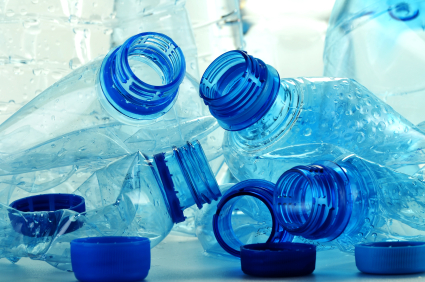Man, geoengineering is trendddyyyyy these days!
(A quick review: The term “geoengineering” refers to attempts to fix the planet’s environmental problems by mucking around with the planet. For example, removing carbon dioxide from the atmosphere somehow.)

A geoengineer.
Last week’s goat was Russ George, who dumped a bunch of iron in the ocean. His goal was to create a massive algal bloom (which he did) which would absorb carbon dioxide. The main thing he did, though, was piss everyone off.
Now David Keith is the geoengineer of the hour, with an interview at Quartz and providing the quote-of-the-day to Foreign Policy:
There are two distinct approaches [to global warming] under consideration — sucking carbon out of the atmosphere, or creating an artificial sun shield for the planet. The former, which involves reversing some of the very processes that are leading to the climate problem, is expensive. The latter just sounds scary. David Keith, a leading thinker on geoengineering, calls it “chemotherapy” for the planet. “You are repulsed?” he says. “Good. No one should like it. It’s a terrible option.”
It’s an apt analogy — an unpleasant, last-resort procedure performed on the body to keep it alive. The piece at Quartz (linked above) outlines some of George’s ideas for treatment: pumping sulfuric acid into the atmosphere, for example, which would reflect sunlight back into space and possibly increase rainfall.
Which raises a key point: No one — not even Russ George! — is sure if these experiments would work as intended. From Foreign Policy:
What makes scientists believe geoengineering could work? It’s been tried before — by nature, not by humanity.
When Mount Pinatubo erupted in June 1991, it forced the evacuation of 200,000 Filipinos and shot 20 million tons of sulfur dioxide into the stratosphere. The added sulfur counteracted the effect of 1,100 billion tons of carbon dioxide that had been accumulating in the atmosphere since the dawn of the industrial revolution. In 1992 and 1993, it decreased global temperatures by a bit less than 1 degree Fahrenheit by reducing the amount of sunlight that hit the earth’s surface. That was about the same amount temperatures had risen at that point from carbon added to the atmosphere by human activity. In other words, Mount Pinatubo alone offset all temperature increases from the beginning of the Industrial Revolution.
The aftermath of Mount Pinatubo’s eruption suggests the limitations of this kind of geoengineering. The excess carbon dioxide in the air isn’t being removed — geoengineering would simply add millions of tons of sulfur dioxide (or some custom designed material) to the atmosphere. That might lower temperatures — but it would not address other problems caused by global warming. For example, it wouldn’t stop the ongoing acidification of the oceans, which may kill much of the life they hold.
In case you were wondering about Russ George’s experiment, he recently gave an interview to Scientific American in which he explained that, no, you’re the jerk. There was also this:
So did the iron fertilization work?
We don’t know.
I strongly recommend you not hire Russ George as your oncologist. Especially if you don’t yet have cancer.



